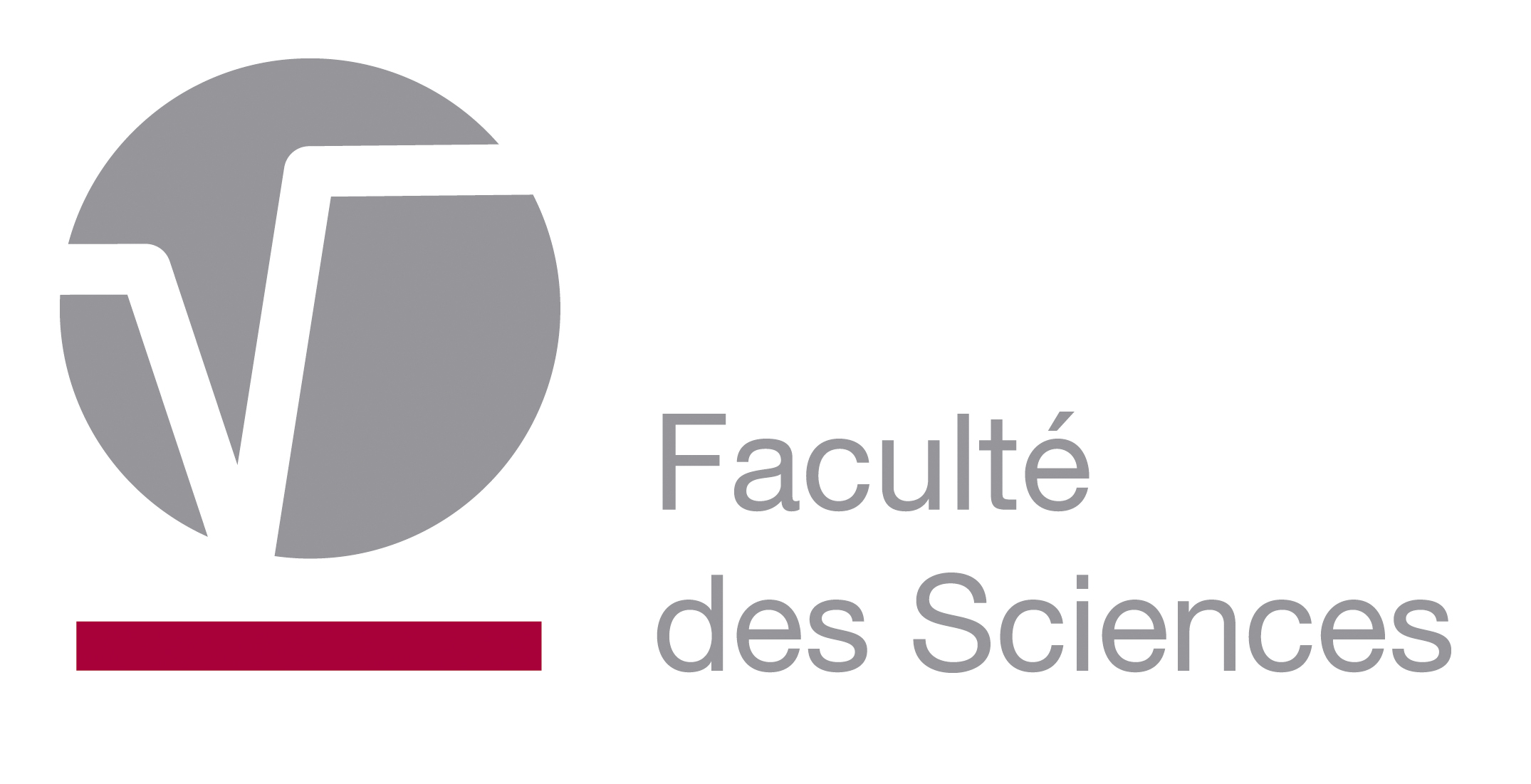 | Study programme 2024-2025 | Français | |
 | Introduction to epistemology | ||
Programme component of Bachelor's in Computer Science (MONS) (day schedule) à la Faculty of Science |
| Code | Type | Head of UE | Department’s contact details | Teacher(s) |
|---|---|---|---|---|
| US-B3-SCINFO-030-M | Optional UE | STAQUET Anne | S808 - Philosophie et Histoire des Sciences |
|
| Language of instruction | Language of assessment | HT(*) | HTPE(*) | HTPS(*) | HR(*) | HD(*) | Credits | Weighting | Term |
|---|---|---|---|---|---|---|---|---|---|
| Français | 12 | 0 | 0 | 0 | 0 | 1 | 1.00 | 1st term |
| AA Code | Teaching Activity (AA) | HT(*) | HTPE(*) | HTPS(*) | HR(*) | HD(*) | Term | Weighting |
|---|---|---|---|---|---|---|---|---|
| S-PHYS-920 | Introduction to epistemology | 12 | 0 | 0 | 0 | 0 | Q1 | 100.00% |
| Programme component |
|---|
Objectives of Programme's Learning Outcomes
- Understand the fundamentals of computer science
- Use and combine knowledge from different disciplines to solve multidisciplinary problems
- Understand the fundamentals related to scientific methods
- Conduct rigorous reasoning based on scientific arguments
- Give a critique and argue a point of view regarding multiple-source information and other opinions
Learning Outcomes of UE
The aims of this course are twofold: 1° to introduce students to epistemology, and 2° to draw on epistemological reflections to generate critical tools. In other words, by the end of the course, students will be able to distinguish between science and pseudoscience, understand what distinguishes verifiable information from fake news, understand how our brains can mislead us, and give the basics of scientific reasoning.
UE Content: description and pedagogical relevance
The following points will be explicitly addressed:
- Introduction: how our brain deceives us.
- Cognitive biases and manipulation strategies: modus ponens and modus tollens, hasty generalizations and sampling, causes and correlations, syllogisms, connotations, sophisms, expert opinions and arguments of authority.
- What is a scientific model? Application to the hard sciences. AI and algorithms as an example of a scientific model.
- True information, fake news and conspiracy: how to verify information?
- Science and pseudoscience: induction and deduction, hypotheses, confirmation and falsification, false positives and false negatives, double-blind trials, placebo effect; demarcation criteria.
Prior Experience
Not applicable
Type of Teaching Activity/Activities
| AA | Type of Teaching Activity/Activities |
|---|---|
| S-PHYS-920 |
|
Mode of delivery
| AA | Mode of delivery |
|---|---|
| S-PHYS-920 |
|
Required Learning Resources/Tools
| AA | Required Learning Resources/Tools |
|---|---|
| S-PHYS-920 | Not applicable |
Recommended Learning Resources/Tools
| AA | Recommended Learning Resources/Tools |
|---|---|
| S-PHYS-920 | Not applicable |
Other Recommended Reading
| AA | Other Recommended Reading |
|---|---|
| S-PHYS-920 | Not applicable |
Grade Deferrals of AAs from one year to the next
| AA | Grade Deferrals of AAs from one year to the next |
|---|---|
| S-PHYS-920 | Unauthorized |
Term 1 Assessment - type
| AA | Type(s) and mode(s) of Q1 assessment |
|---|---|
| S-PHYS-920 |
|
Term 1 Assessment - comments
| AA | Term 1 Assessment - comments |
|---|---|
| S-PHYS-920 | Not applicable |
Resit Assessment - Term 1 (B1BA1) - type
| AA | Type(s) and mode(s) of Q1 resit assessment (BAB1) |
|---|---|
| S-PHYS-920 |
|
Resit Assessment - Term 1 (B1BA1) - Comments
| AA | Resit Assessment - Term 1 (BAB1) - Comments |
|---|---|
| S-PHYS-920 | Not available |
Term 3 Assessment - type
| AA | Type(s) and mode(s) of Q3 assessment |
|---|---|
| S-PHYS-920 |
|
Term 3 Assessment - comments
| AA | Term 3 Assessment - comments |
|---|---|
| S-PHYS-920 | Not available |